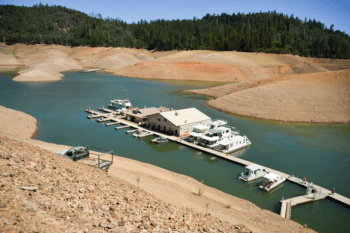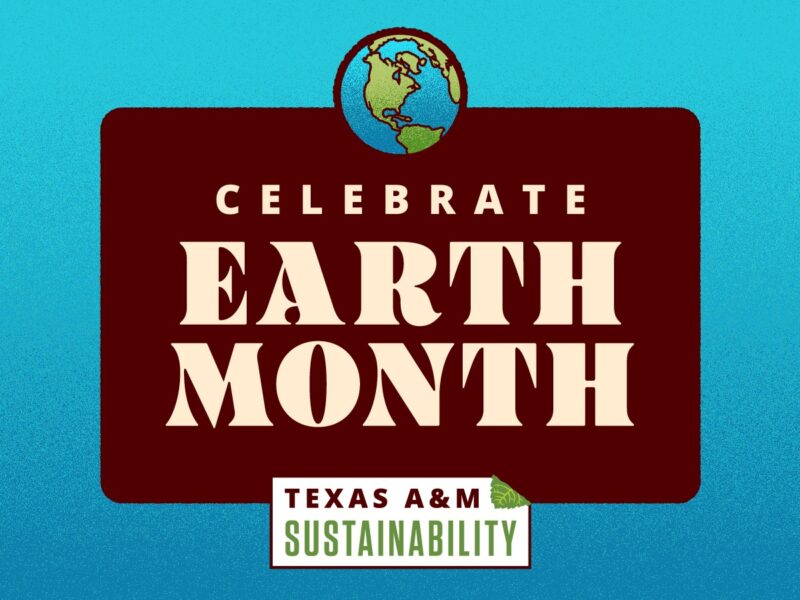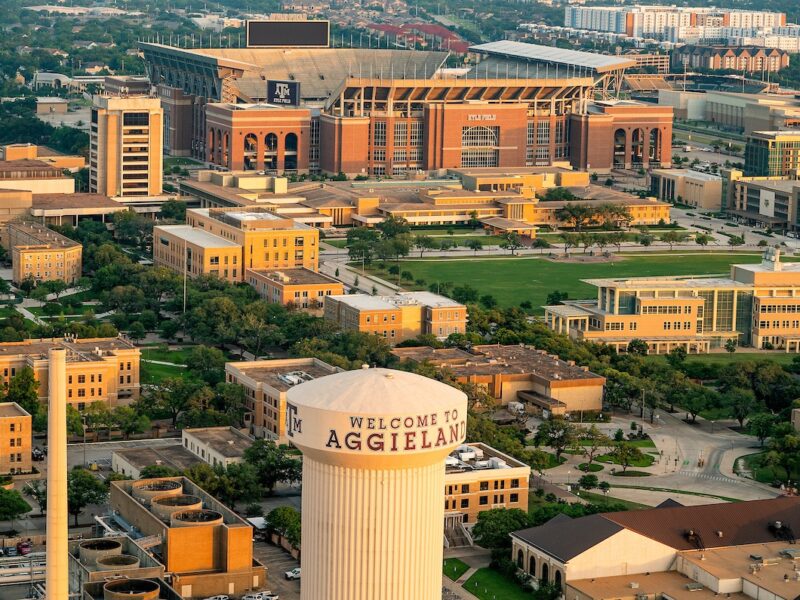Droughts Are No Stranger To Texas Or California

For most of Texas, the five-year-long drought has eased considerably, but not so for California, where conditions are the driest in the past 1,200 years. But there are similarities between conditions in the two states, says a Texas A&M University professor who also serves as the state climatologist.
John Nielsen-Gammon, professor of atmospheric sciences, says California is going through what Texas did in 2011-2012, where conditions were even worse than what the Golden State is experiencing now.
Nielsen-Gammon says the standard measure of a drought is the Palmer Drought Severity Index (PDSI) used by the National Climatic Data Center. March 2015 was the first month since July 2010 for which the PDSI for the entire state of Texas was positive, measuring plus 1.42. The all-time low was minus 8.07, measured in September 2011.
“The 2010-2015 drought was the second-longest statewide drought on record, eclipsed only by the 1950-57 drought, which is still considered the drought of record for Texas because of its length combined with its driest year at the end of the drought,” he notes.
“But as of April 21, about 35 percent of Texas is still in a drought to some extent, and an additional 10 percent of the state is still experiencing abnormally dry conditions.”
Altogether, Nielsen-Gammon explains, about 20 percent of Texas is still rated in severe drought or worse. The driest locations are the northern Panhandle to Fort Worth, and a broad swath west of San Antonio.
While conditions have improved in Texas, they have worsened in California, where 46 percent of the state is in exceptional drought, according to U.S. Drought Monitor figures.
“But that’s still a far cry from the peak of the drought in Texas, where in October of 2011, about 88 percent of Texas was in exceptional drought,” adds Nielsen-Gammon, a native Californian who grew up in the San Francisco area.
California’s woes are magnified because it produces 50 percent of the nation’s fruits, vegetables and nuts and it remains the No.1 agricultural state in the U.S. with more than 80,000 farms. The state legislature recently ordered cities and towns to reduce their water usage by 25 percent, but California farmers are exempt, even though agriculture accounts for 80 percent of water use in the state.
“Many California farmers had already experienced severe cuts in their water allocations – some have been cut to zero,” Nielsen-Gammon notes. State officials fear California’s problems will worsen – the state has already lost 20,000 agricultural jobs and that number could double and have a ripple effect across the country.
The Dallas-Fort Worth and Houston areas are experiencing above-normal rainfall since January, as are the Corpus Christi and Midland areas, Nielsen-Gammon notes.
The long-range forecast for more rain is a bit mixed, he says.
“The official outlook from the Climate Prediction Center calls for an El Niño to persist or intensify through next winter, meaning that Texas has a good chance of above normal rainfall again next winter,” he points out.
“But first, Texas has to get through the heat of this summer, but even with the heat, there is some good news,” Nielsen-Gammon adds.
“The widespread rains this winter and early spring should help keep the ground moist as Texas heads into summer, and that in turn will keep temperatures relatively low. Also, the El Niño conditions should reduce the amount of hurricanes in the Atlantic this season.”
As for California, Nielsen-Gammon says the Climate Prediction Center’s outlook for that state is not as promising, with California not expected to see much, if any, rainfall enhancement from El Niño over the next year.
“The only good news – if you can call it that – is that the dryness in California this past year is at least as much a fluke as Texas’s dry 2010-2011,” Nielsen-Gammon adds. “It can always happen again, but it probably won’t for a good long time.”
Media contact: Keith Randall, Texas A&M News & Information Services.





